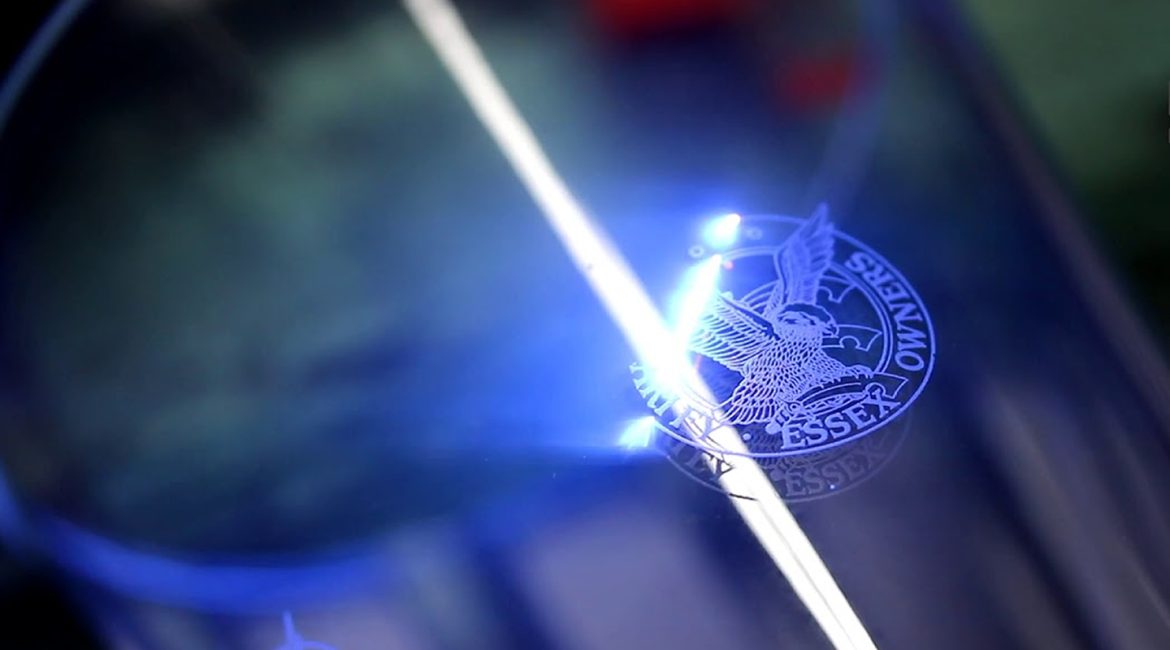Glass products are everywhere in our daily lives. Traditional processing methods for glass are often complex, offer limited design options, and have poor coloring. Furthermore, glass is highly brittle and can easily crack when exposed to high temperatures, damaging the material. UV laser marking technology surpasses these traditional methods. It addresses their shortcomings, such as low precision, difficult design implementation, workpiece damage, and environmental pollution. With its unique processing advantages, UV laser marking has become a popular choice for processing glass products and is considered an essential tool in industries like wine glasses and craft gifts.
Glass, as a fragile, man-made material, possesses a clear, pristine quality. It expresses a kind of beauty that is both ethereal and tangible, beautiful in its light and shadow, rich in its imagery, and full of a sense of time and playfulness. Because of these qualities, it’s used in a wide variety of industries.
While these new technologies offer production convenience, people have always wanted to improve the aesthetic appearance of glass. Therefore, finding better ways to engrave patterns and text on glass products has become a goal for both manufacturers and consumers.
How a UV Laser Marking Machine Works
A UV laser marking machine is a type of laser marking machine that uses a 355nm UV laser. Compared to infrared lasers, this machine utilizes three-stage intracavity frequency doubling technology. The 355nm UV light has an extremely small focused spot, which significantly reduces the mechanical deformation of the material and minimizes the heat-affected zone. Because of this, it’s primarily used for ultra-fine marking and engraving. It’s particularly well-suited for applications like marking food and medicine packaging, drilling micro-holes, high-speed scoring of glass, and complex pattern cutting on silicon wafers.
Advantages of UV Laser Marking
Because the focused spot of a UV laser is extremely small and the heat-affected zone is minimal, it can perform ultra-fine marking on special materials. It’s the first choice for customers who demand the highest marking quality. A UV laser can process a wider range of materials than a copper laser. In addition to its high beam quality and smaller focused spot for ultra-fine marking, it offers a wider range of applications. The minimal heat-affected zone means there’s no thermal effect, eliminating issues like material charring. The marking speed is fast, and the efficiency is high. The machine’s overall performance is stable, its size is compact, and its power consumption is low.

